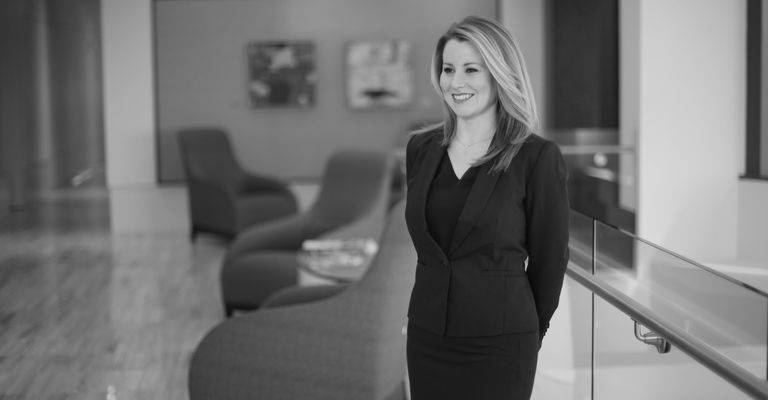Insights
1,4-Dioxane: A Reason to Reopen Sites?
May 16, 2022On April 27, 2022, the cleanup plan for the Dover Municipal Landfill Superfund Site in New Hampshire was reopened to add 1,4-dioxane as a groundwater contaminant of concern. EPA’s proposed “Explanation of Significant Differences” identifies 0.32 micrograms per liter as the 1,4-dioxane cleanup level at the point of compliance based on New Hampshire’s Ambient Groundwater Quality Standard for the chemical.
The Site was added to EPA's National Priorities List in 1983. A Record of Decision under the Comprehensive Environmental Response, Compensation and Liability Act of 1980 (“CERCLA”) was issued in 1991. The proposal to add 1,4-dioxane as a contaminant of concern illustrates how sites whose cleanup plans were thought to have been finalized decades ago are being reopened to address 1,4-dioxane contamination.
I. What is 1,4-dioxane?
1,4-dioxane is a synthetic industrial chemical that was used as a solvent for extracting animal and vegetable oils as well as in the formulation of inks, coatings, and adhesives. Additionally, 1,4-dioxane was used as a stabilizer or corrosion inhibitor for chlorinated solvents, such as 1,1,1-trichloroethane (“TCA”). Although 1,1,1 TCA has not been used by the United States in two decades, the historical contamination caused by this substance is currently sparking the attention of regulators.
Importantly, 1,4-dioxane is a contaminant that is created when other ingredients mix together. 1,4-dioxane was (and sometimes currently still is) contained in trace amounts in numerous goods, including the certain brands of the following products:
- Shampoos;
- Body Washes;
- Dish Soaps;
- Laundry Detergents;
- Toothpastes;
- Mouthwashes;
- Deodorants;
- Antifreeze;
- and Airplane Deicing Fluids.
1,4-dioxane also is created as a byproduct during the manufacturing process of certain cosmetic ingredients, including some foaming agents, emulsifiers, and solvents.
II. Updated Risk Evaluation
1,4-dioxane did not become a contaminant of concern until approximately twenty years ago. At that time, EPA initiated a 1,4-dioxane toxicity assessment.
In December of 2020 EPA issued a “final” risk evaluation, asserting that there were no unreasonable risks to the general population, to consumers or bystanders, or to the environment from any conditions of use. On January 20, 2021, the Biden Administration issued an Executive Order directing EPA to revisit its methodology for the 1,4-dioxane risk evaluation.
As a result, EPA intends to re-open and update the 1,4-dioxane risk evaluation. EPA will “consider whether to include additional exposure pathways, like drinking water and ambient air, and conditions of use where 1,4-dioxane is generated as a byproduct that were excluded from the supplemental and final risk evaluations.” EPA estimates that this process will be completed by December 2022.
This process underscores how EPA will re-evaluate 1,4-dioxane in the near future. Importantly, EPA may reopen cleanup remedies at sites if the prior selected remedy is no longer deemed adequately protective of human health under the new risk evaluation framework.
At the Dover Municipal Landfill site, EPA selected the cleanup level for 1,4-dioxane based on the New Hampshire groundwater standard rather than EPA’s own, less stringent risk-based concentration level. Unless they are waived as infeasible, a CERCLA remedy must comply with a State’s applicable or relevant and appropriate standards.
III. Conclusion
Situations such reopening the Dover Municipal Landfill Superfund Site for 1,4-dioxane issues are expected to become more common nationwide. For example, with an increase in regulatory requirements for emerging contaminants of concern, sites that were previously closed in Massachusetts may result in a re-examination. Sites in New York are expected to be affected by the State’s recent promulgation of a 1 part per billion (ppb) drinking water standard for the chemical.
If you have any questions regarding 1,4-dioxane, please contact Phil Karmel (212-541-2311), John Kindschuh (314-259-2313), or Erin Brooks (314-259-2393).
Related Capabilities
-
Environment





